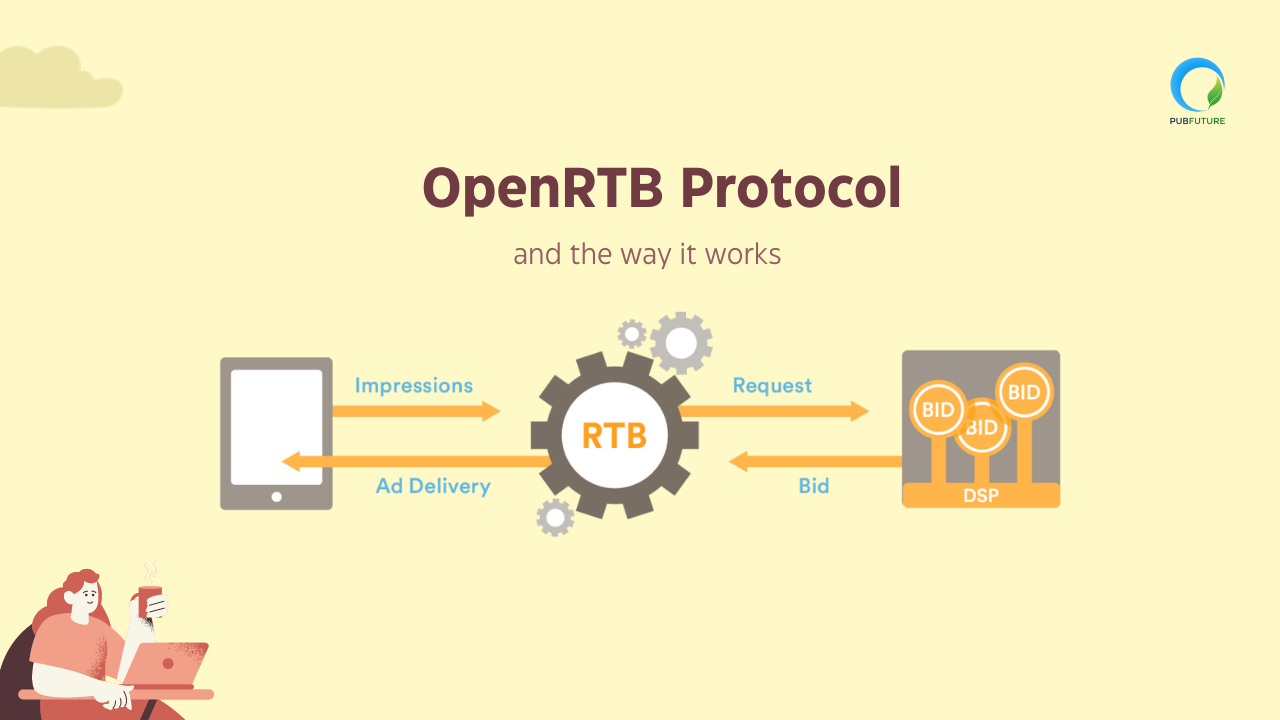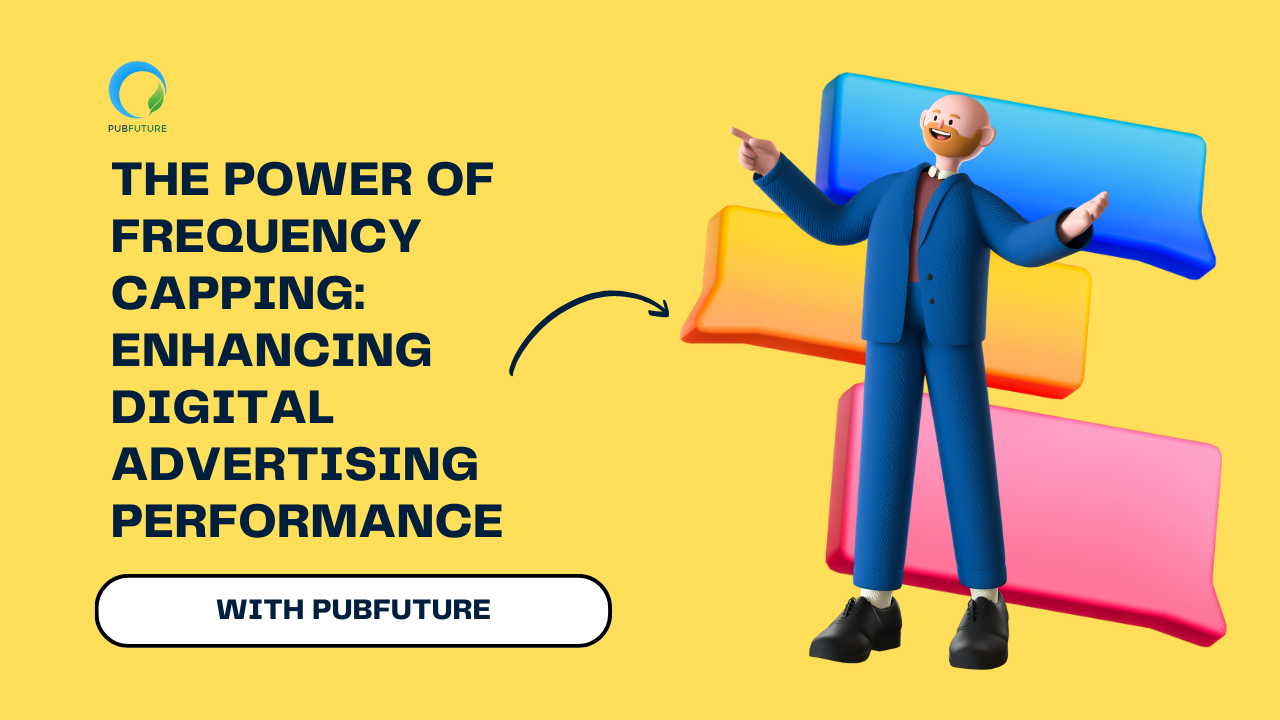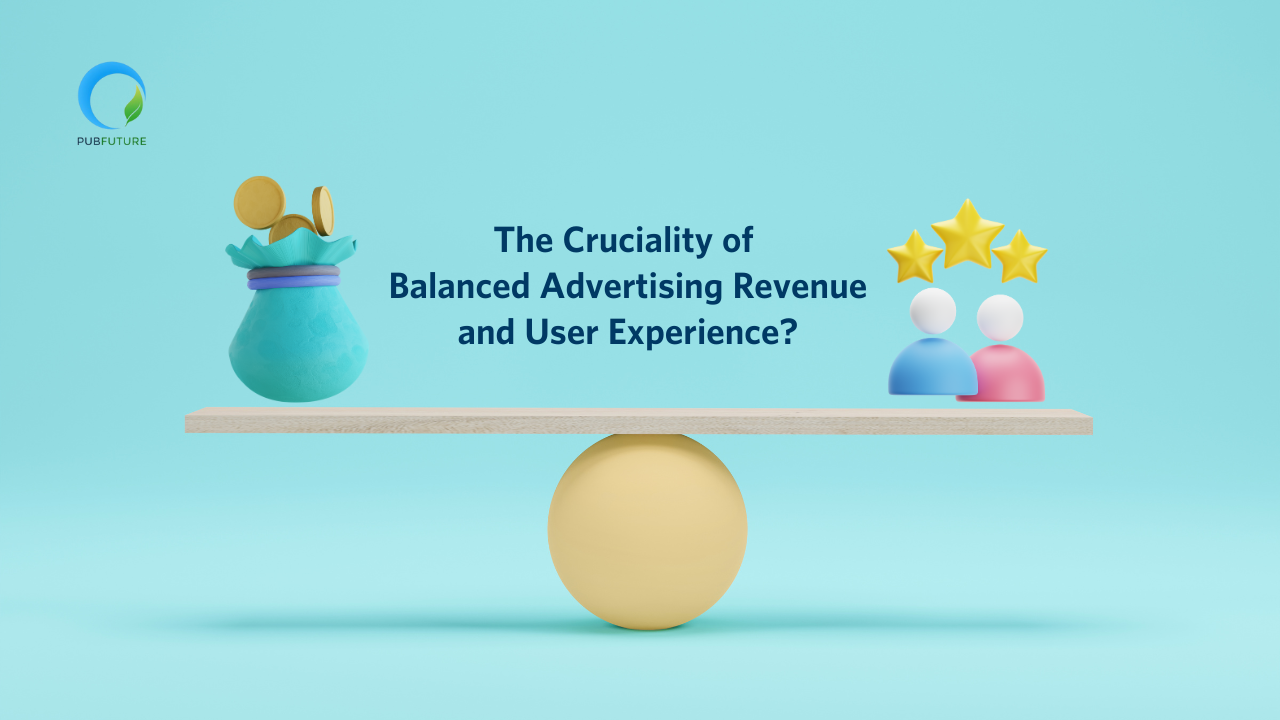In recent times, OpenRTB has gained a lot of attention and popularity due to its significant impact on the ever-changing digital advertising landscape. This comprehensive guide will help you understand what OpenRTB is, its history, how it works, its benefits, and more.
Over the years, advancements in technology and changes in consumer behavior have led to substantial growth in the programmatic advertising industry. According to projections by Statista, this growth is expected to continue at a rate of 7.57% by 2027. However, as the industry progresses, it becomes more complex and presents new challenges.
To address this complexity, industry leaders have introduced standardized practices to simplify the ecosystem. These initiatives aim to bring order and improve efficiency among programmatic entities, driving the industry forward.
OpenRTB was one such initiative introduced by the IAB Tech Lab (Interactive Advertising Bureau) in 2010. Its purpose was to establish a common language of communication between the buy-side and sell-side of the programmatic ecosystem. The goal was to simplify interactions between entities, rather than regulate individual business operations.
What is OpenRTB?
OpenRTB, developed by the IAB, is an industry-standard protocol for real-time bidding in programmatic advertising. Think of OpenRTB as a translator that facilitates communication between DSPs and SSPs, ensuring interoperability and efficiency in programmatic advertising operations.
OpenRTB serves as the backbone of programmatic ad buying and selling, allowing everyone involved to understand the process.
Discover the benefits of OpenRTB as a publisher:
- Speed: With OpenRTB, transactions happen in real-time. As soon as a visitor arrives on your website, your ad space is sold and the ad is shown instantly.
- Efficiency: OpenRTB allows you to connect with multiple buyers simultaneously, which enhances the likelihood of obtaining a higher price for your advertising space.
- Control: You are in control with OpenRTB. You can set the minimum bid price and choose who can bid.
- Transparency: OpenRTB encourages transparency by allowing you to view the entire transaction process and identify the buyers and their respective prices.
How Does OpenRTB Work?
To comprehend OpenRTB, it is essential to have a clear understanding of the fundamentals of real-time bidding (RTB) in digital advertising. Real-time Bidding (RTB) is the method of buying and selling media in the programmatic ecosystem instantly.
OpenRTB (oRTB) is the communication protocol that enables real-time bidding between programmatic entities. Publishers in the app ecosystem connect with supply-side platforms (SSPs) to sell their advertising spaces to advertisers. Advertisers, on the other hand, connect with demand-side platforms (DSPs) to purchase these spaces.
SSPs and DSPs use OpenRTB to communicate and exchange information in JSON format about the ad impressions they are buying or selling. This information is crucial for buyers to decide on targeting and pricing, enabling them to bid on the ad space.

Source: iab
The information provided consists of details such as the publisher, distribution channel (app or website), ad format (native, banner, audio, video) and size, geolocation, device type, user information, data privacy regulations (GDPR, COPPA), and the auction type.
This is how open real-time bidding works:
- The SSP or exchange initiates the process by sending a bid request, impression object, and sometimes additional data on impression context.
- Upon receiving the bid request, the DSP evaluates and decides whether to place a bid on the impression.
- The DSP then responds with either a bid response or a no bid response.
- Subsequently, the ad exchange informs the bidders about the auction results, indicating whether they have emerged as winners or losers.
Why Is OpenRTB Important?
Now that you have a clear understanding of how OpenRTB operates, you might be interested in knowing the benefits it brings to you as a publisher. Here are a few advantages:
- Increased Revenue: The price of your ad space can increase when multiple buyers compete for it, leading to higher revenue. This is a basic economic principle – when demand is high, prices tend to rise.
- Better Fill Rates: OpenRTB ensures that every ad request can result in displaying an ad, reducing empty ad space on your site and improving fill rates.
- Greater Efficiency: You don’t have to negotiate with every buyer separately. OpenRTB makes selling ads easier, so you can concentrate on making great content for your website.
- Improved User Experience: Displaying ads that match user data not only boosts ad revenue but also enhances user satisfaction. When users come across ads that align with their interests, they are less likely to feel annoyed and more likely to interact with your content. For more insights on achieving the perfect balance between your ad strategy and user experience, take a look at our article on Finding the Right Balance Between Ads and User Experience.
Common Mistakes to Avoid
Here are a few mistakes to avoid when implementing OpenRTB.
Ignoring Diverse Ad Formats: Focusing solely on desktop ad formats will hinder your potential to generate revenue. OpenRTB provides support for a wide range of ad formats, such as mobile and video. By making sure you take advantage of these options, you can expand your reach and maximize your revenue opportunities.
Setting Inappropriate Floor Prices: Overpricing your ad inventory can have a negative impact by deterring potential buyers and leaving you with unsold space. To avoid this, it is vital to establish a floor price that is both realistic and appealing to advertisers, ensuring that the value of your ad space is properly represented.
Neglecting Performance Analysis: To achieve a successful OpenRTB implementation, it is essential to maintain consistent performance tracking. Overlooking the monitoring of ad sales performance and neglecting to make necessary adjustments based on this data can lead to inefficiencies and a decrease in revenue.
Conclusion
The real-time bidding landscape is experiencing significant growth, thanks to OpenRTB. This powerful tool enables publishers and demand sources to effectively communicate and trade ad inventory in a transparent and standardized manner.
By facilitating the open transfer of information, OpenRTB streamlines the real-time bidding process, making it more efficient for publishers and ad buyers alike. Buyers can leverage the data shared through OpenRTB to continuously optimize their campaigns, utilizing top-performing ad formats and targeting high-quality users.









